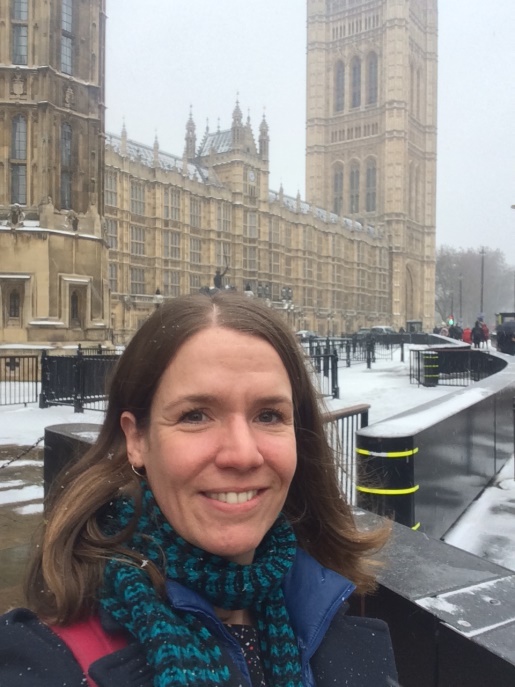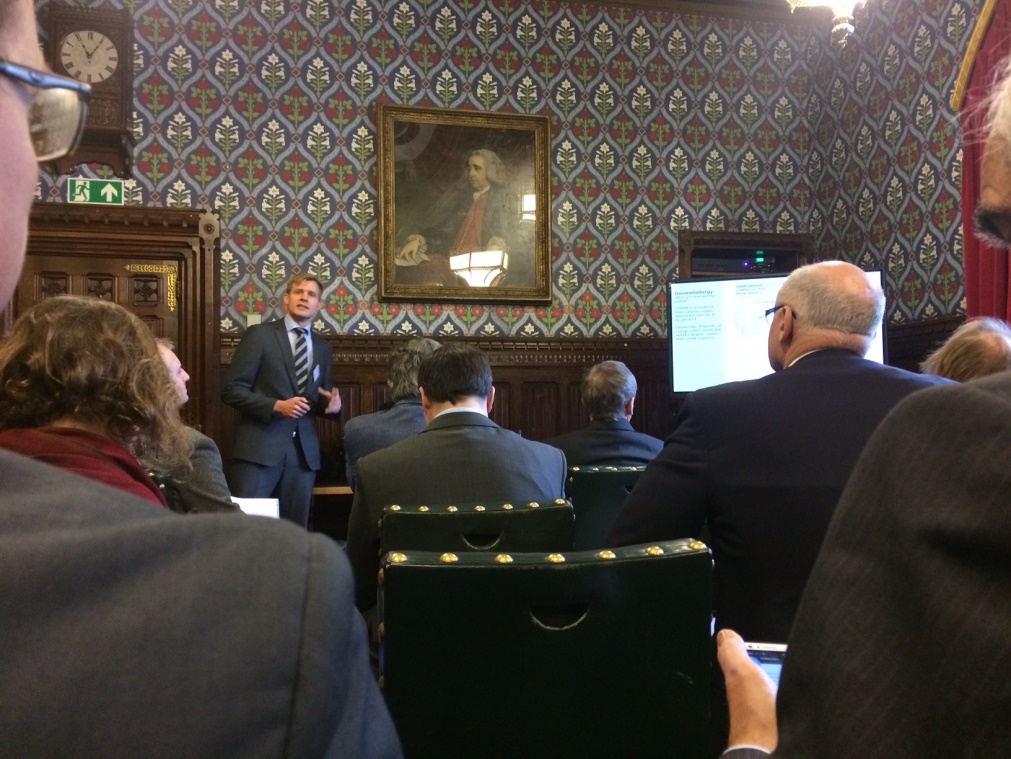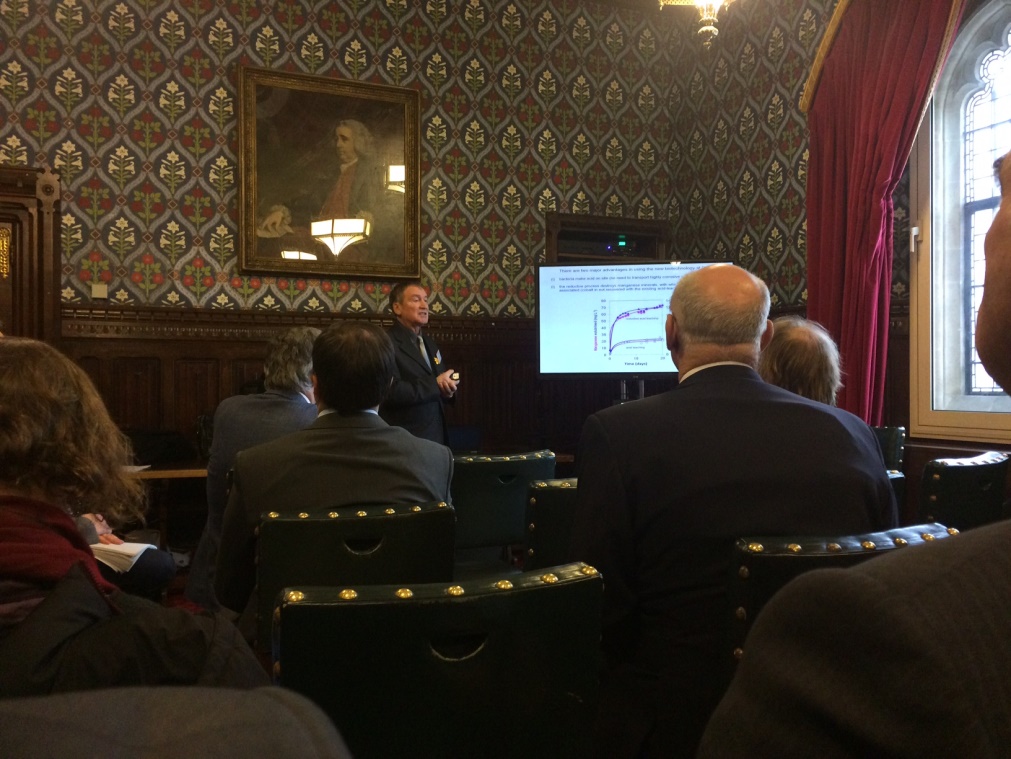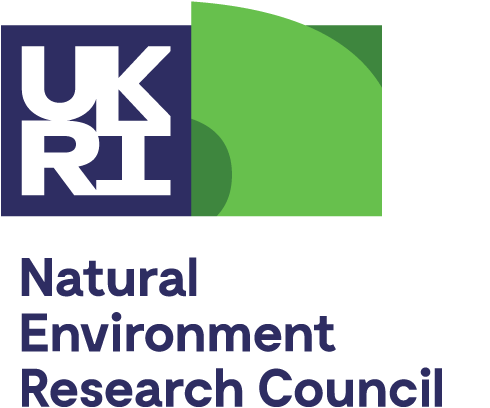Science meets policy makers at a snowy Houses of Parliament



When our project lead asked for volunteers to present our research at the Houses of Parliament I jumped at the chance. Although I had been to meetings at Whitehall before, I'd never had the opportunity to visit the proper seat of power, let alone to talk about science there! To make it even more exciting 'the Beast from the East' arrived the day before, dumping large quantities of snow over the whole of the UK, although luckily it didn't affect my train from Manchester to London, and it was nice to see London in the snow. I arrived a little early and had a little time to explore the Houses of Parliament. I was impressed by how ornate it was, and a friendly policeman told me to wait a few minutes to see the ceremonial procession of the speaker. I can't imagine many people have such a formal walk to the office every day!
The meeting was hosted by the All Parliamentary Party Group (APPG) on International Mining on behalf of the NERC SoS Mineral Resources consortium, with the aim of discussing the role of scientific research in the future supply of materials for green energy, and opening up communication between the scientific and policy communities. The audience was a mixture of people from industry, NGOs, think tanks, policymakers and academics. The meeting was opened by Darryn Quayle from the Department of Trade and Industry, who extolled the virtues of UK mining research and industry, followed by Sir Keith O'Nions, Chair of the British Geological Survey Board. Then each of the SoS Minerals projects took a turn in presenting their findings; CoG3 first, followed by Marine E-tech, SoS-RARE and TeASe.
Cobalt is a critical metal for modern technology, particularly for batteries for electric cars and renewable energy. Our CoG3 project is focused on developing new cobalt resources and recovery technologies, as well as understanding its environmental behaviour. I designed my presentation, 'Applying cutting edge mineralogical and microbiological techniques to characterise global cobalt deposits', specifically with a non-academic audience in mind and chose to highlight three key outcomes that I thought would be of most interest, incorporating results from our collaborators from the Natural History Museum and the University of Dundee. I was followed by Laurens Tijsseling from the University of Exeter, who talked about their research on cobalt geometallurgy, then Barrie Johnson from the University of Bangor, who described their work on bioleaching of cobalt ores.
It was really interesting to hear the results from the other SoS Minerals projects, and to listen to the questions asked by the non-academic audience. I especially enjoyed the presentations by Alex Lemon of Mkango Resources Ltd, a mining company collaborating with SoS RARE to develop a new rare earth deposit in Malawi, and by Jeremy Spearman from HR Wallingford, who described his results of modelling the dispersion of sediment from deep-sea mining.
Although many MPs were unable to attend due to the bad weather, those who did see some of the presentations asked for more information, and I'm looking forward to hearing what happens next as a result of the workshop.
Laura Newsome, CoG3 researcher, University of Manchester, March 2018
Twitter @Laura_Newsome







